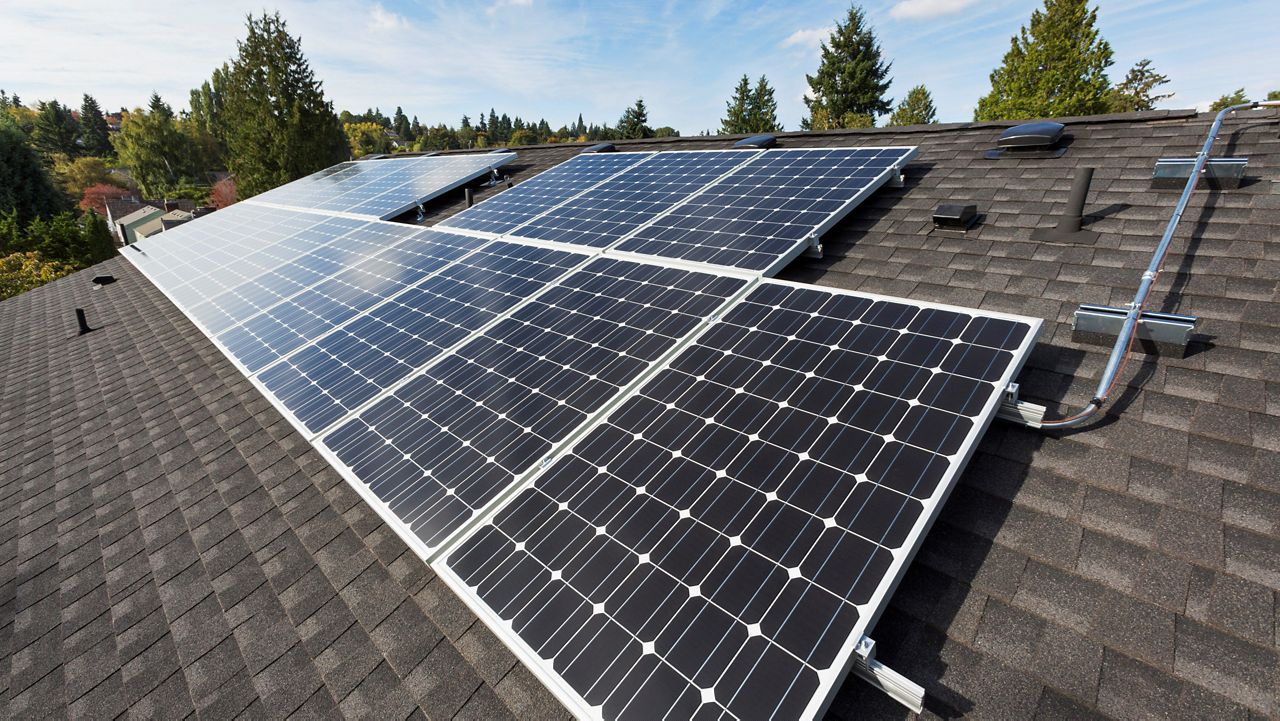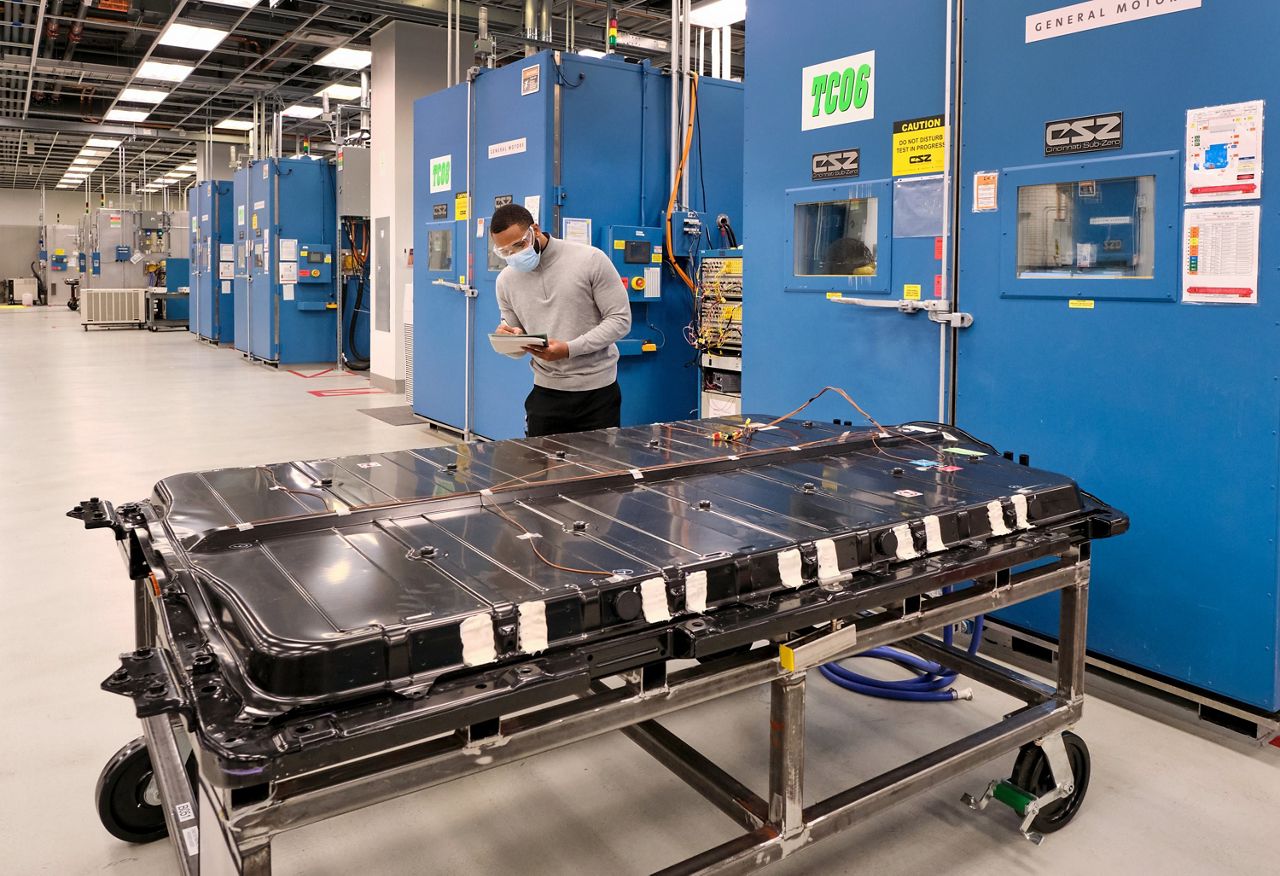Solar energy sounds like an energy utopia, as they don't produce emissions when they're in use. But what happens when they've reached the end of their life?
What You Need To Know
- Solar panels depend on the sun to generate energy
- Solar energy for 1,000 homes per year takes 32 acres of land
- Solar panel glass and metal frames can be recycled, but the rest is thrown away or burned
- It takes a considerable amount of energy and money to extract toxic material from solar panels to recycle
Solar panels are made of various materials such as glass, aluminum, silica, cadmium and metals.
While glass and metal can typically be easily recycled, it costs money and a considerable amount of energy to separate the good from the bad.
Often, the end-of-life panels are sent to the landfill since it is not cost-effective to recycle since different states classify them at various levels of hazardous waste.
It takes about 28 to 34 panels installed on the average house to provide enough power for that home. A solar panel lasts anywhere from 20 to 30 years, barring any damage from a hailstorm or other event.
At the end of 2020, there were approximately 2.7 photovoltaic (PV) systems in the United States. That means there were approximately 84 million solar panels in the United States alone.

While solar panels have been around for a long time, residential usage started ramping up in the 2000s. Some of these will soon reach the end of their life. These panels will have to be removed, recycled or tossed into landfills and buried.
How many of these solar panels will end up in our landfills? That is a difficult question to answer, since no industry-wide rules and regulations for recycling have been developed.
While glass and metal can be easily recycled today, the material in a solar panel needs to be separated. Some material used in their manufacture, like lead and cadmium, are toxic.
By 2030, the EPA estimates there will be up to one million tons of PV waste, and as much as 10 million tons in 2050. The EPA says some 95% of PV projects have been installed since 2012 and about 70% in the last five years.
While we are currently dealing with a relative trickle of material, it won't be long before there is a flood of PV waste that needs to be sent to a landfill or recycled.
Recycling PV panels can be an expensive process. Material needs to be separated–sometimes chemically–then sorted and even incinerated using carbon-based energy.
According to the National Energy Renewable Laboratory, it is currently cheaper to throw them out. It costs about one to two dollars to throw them out versus $20 to $30 to recycle.
Recycling centers and possibly more landfills need to be created as this enormous amount of PV material reaches end of life. Many states do not have recycling centers and have different rules and regulations in classifying and handling toxic waste.
While solar panels can generate power quite well on a sunny day, they are not as efficient on a cloudy day. They also can't store power themselves; for that, we need lithium batteries.

Our team of meteorologists dive deep into the science of weather and break down timely weather data and information. To view more weather and climate stories, check out our weather blogs section.









